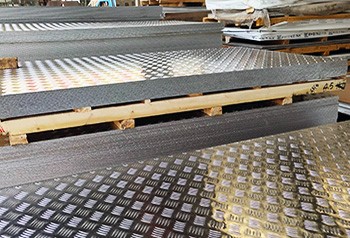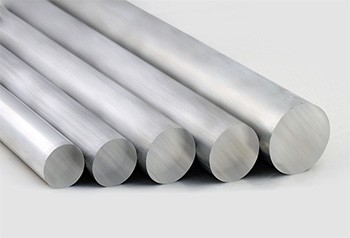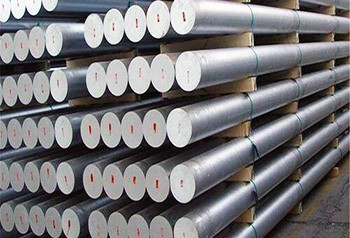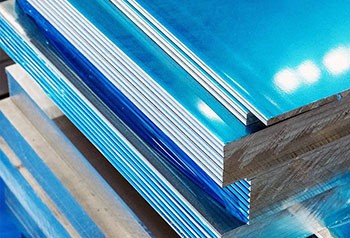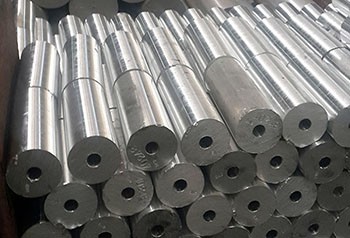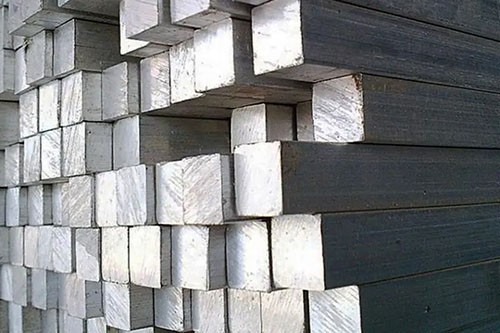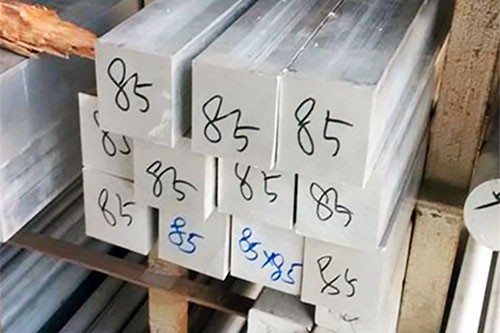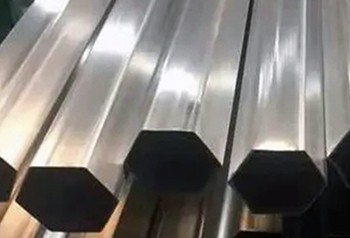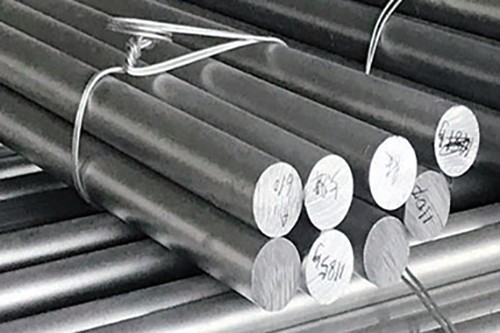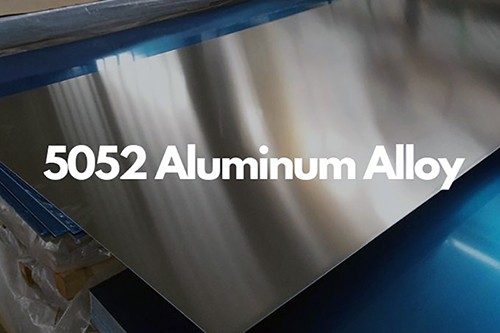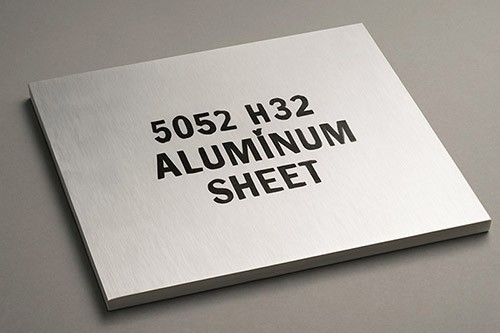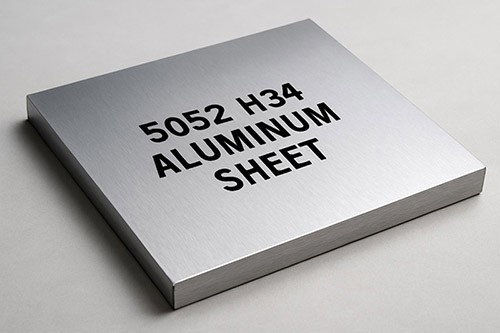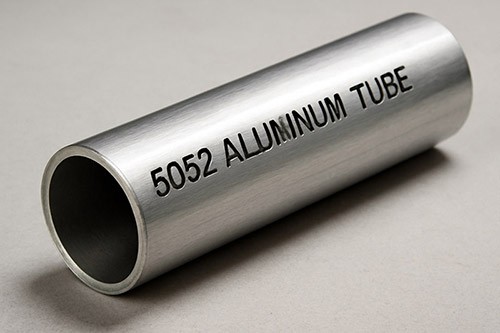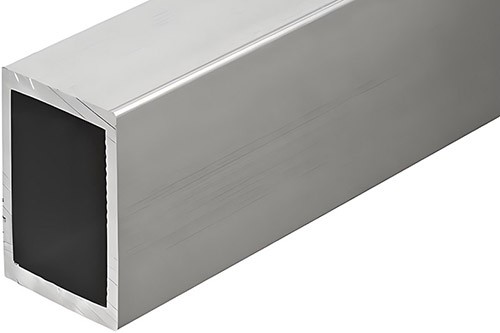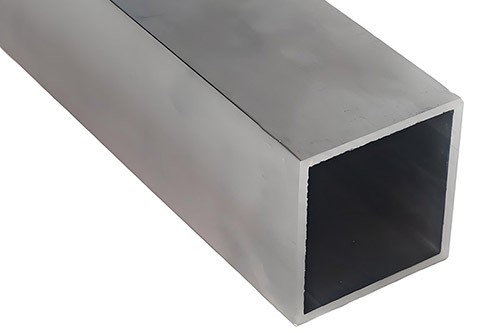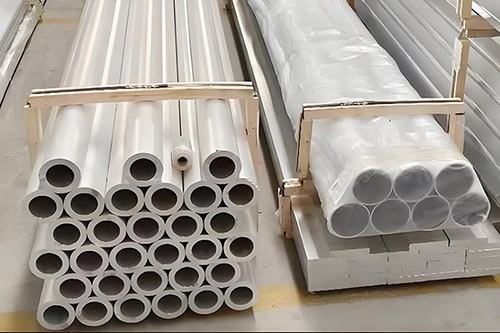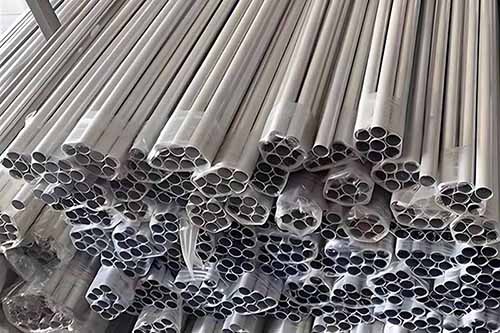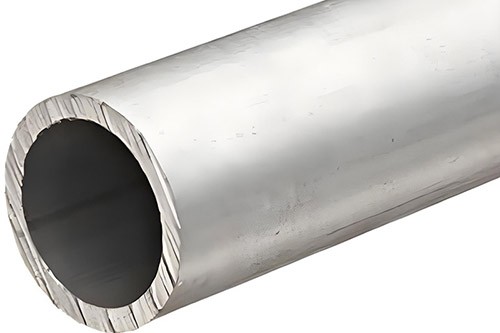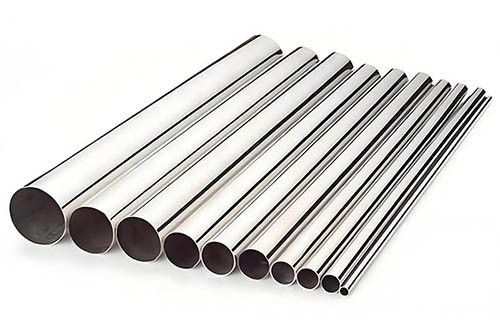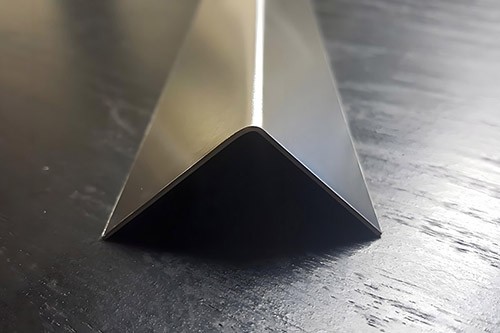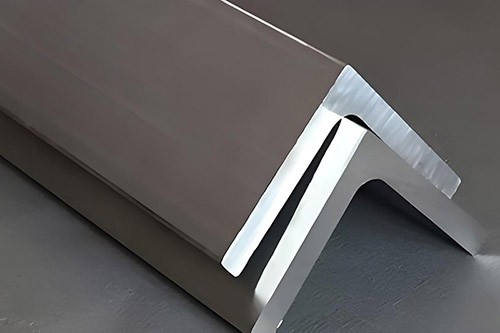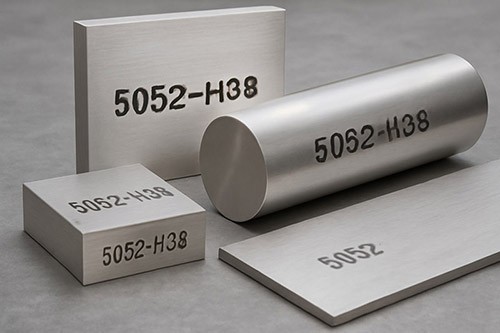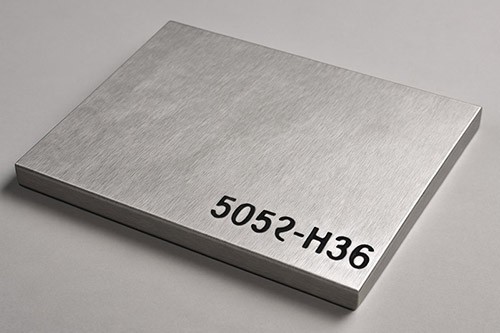Comparison of Marine Aluminum 5052 and 6061
Last Updated :
5052 excels in corrosion resistance, particularly in marine environments, while 6061 is more suitable for applications requiring higher structural strength.
6061 aluminum offers good mechanical properties and weldability, but 5052 aluminum surpasses it in corrosion resistance and formability.
In the marine industry, selecting the right aluminum alloy is crucial, as its corrosion resistance, strength, and workability directly impact the durability and performance of the vessel. Both 5052 and 6061 are common materials, each fitting different marine applications.
Key Features of Marine Aluminum 5052 vs 6061
Characteristics of 5052 Marine Aluminum:
- Excellent resistance to seawater corrosion
- Moderate strength (lower than 6061)
- Excellent weldability and formability
- Non-heat-treatable alloy
Characteristics of 6061 Marine Aluminum:
- Higher strength
- Good corrosion resistance, though not as effective as 5052 in seawater environments
- Good machinability, suitable for complex machining and welding
- Heat-treatable, available in various tempers such as T6 and T651
Chemical Composition Comparison of Marine Aluminum 5052 and 6061
| Element | 5052 Aluminum (%) | 6061 Aluminum (%) |
| Aluminum (Al) | Balance | Balance |
| Magnesium (Mg) | 2.2–2.8 | 0.8–1.2 |
| Silicon (Si) | ≤0.25 | 0.4–0.8 |
| Copper (Cu) | ≤0.10 | 0.15–0.40 |
| Iron (Fe) | ≤0.40 | ≤0.70 |
| Manganese (Mn) | ≤0.10 | ≤0.15 |
| Zinc (Zn) | ≤0.01 | ≤0.25 |
| Other elements | ≤0.15 | ≤0.15 |
Corrosion Resistance of Marine Aluminum 5052 and 6061
- 5052 Aluminum Alloy: It exhibits excellent resistance to seawater corrosion, making it widely used in areas such as hulls, decks, ship bulkheads, and onboard fuel and water tanks that come into contact with seawater and moisture. Its corrosion resistance allows it to maintain a longer service life in harsh marine environments, reducing maintenance costs.
- 6061 Aluminum Alloy: Although 6061 aluminum has good corrosion resistance, its resistance in seawater is not as good as that of 5052 due to the presence of copper. 6061 is more commonly used for hull components that do not directly contact seawater, such as internal structures, deck supports, and ship frames.
Welding and Workability of Marine Aluminum 5052 and 6061
- 5052 Aluminum Alloy
- Due to its simple composition and being a non-heat-treatable alloy, 5052 has excellent welding performance. Its formability is also outstanding, allowing for various complex cold working processes, such as bending and stretching.
- It is mainly suitable for components requiring extensive welding and shaping, such as fuel tanks, pipelines, and hulls.
- 6061 Aluminum Alloy
- 6061 also has good welding performance, but welding may reduce its strength, especially in the T6 condition. 6061 offers excellent machinability, suitable for processes like turning and milling, and can be heat-treated to enhance strength.
- It is commonly used in ship frame structures, deck supports, rudder components, and mechanical parts.
Application Comparison of Marine Aluminum 5052 and 6061
Typical Applications of 5052 Aluminum Alloy
- Hulls
- Decks
- Onboard fuel tanks and water tanks
- Ship bulkheads and seals
- Protective covers on offshore platforms
- External surfaces and accessories of ships
Typical Applications of 6061 Aluminum Alloy
- Internal support structures
- Structural beams and supports below decks
- Ship frames
- Rudder components and propeller systems
- Various mechanical components and equipment frames
Cost and Selection of Marine Aluminum 5052 and 6061
5052 Aluminum Alloy
Due to its excellent corrosion resistance and relatively low cost, 5052 is commonly used in the marine industry for manufacturing large hulls and other components that need to resist seawater corrosion.
6061 Aluminum Alloy
6061 has a slightly higher cost and performs less effectively than 5052 in environments that come into direct contact with seawater. Therefore, it is more often used for structural components that do not directly contact seawater and require high strength, such as ship frames and support structures.
Below is a comparison table for 5052 aluminum alloy and 6061 aluminum alloy in shipbuilding:
| Property/Characteristic | 5052 Aluminum Alloy | 6061 Aluminum Alloy |
| Main Applications | External hulls, structural components in contact with seawater | Internal structural supports, mechanical parts |
| Corrosion Resistance | Excellent seawater corrosion resistance | Good corrosion resistance, but not as good as 5052 |
| Strength | Lower strength | Higher strength |
| Formability | Good, easy to form | Good, but slightly inferior to 5052 |
| Weldability | Excellent weldability | Good weldability |
| Hardness | Lower hardness | Higher hardness |
| Machinability | Good, but not as good as 6061 | Excellent machinability |
| Typical Usage Environment | Areas in long-term contact with seawater (e.g., external hulls, decks) | Internal support structures and mechanical parts not in direct contact with seawater |
| Durability | High durability, suitable for long-term exposure to harsh marine environments | Good durability, but not as effective as 5052 under long-term seawater contact |
The choice between the two alloys depends on the specific usage environment and performance requirements:
- 5052 is suitable for situations where high corrosion resistance is required, such as external hulls and decks.
- 6061 is more suitable for internal structures or mechanical parts requiring higher strength and rigidity.
Marine aluminum products you may be interested in
You might be interested in: Marine Grade Aluminum 5052 Marine Aluminum 6061 5 Series Marine Aluminum 6 Series Marine Aluminum 5052 aluminum 5052 aluminum sheet 5052 h32 5052 h34 5052 h32 aluminum 5052 aluminum plate 5052 0 aluminum sheet al5052

